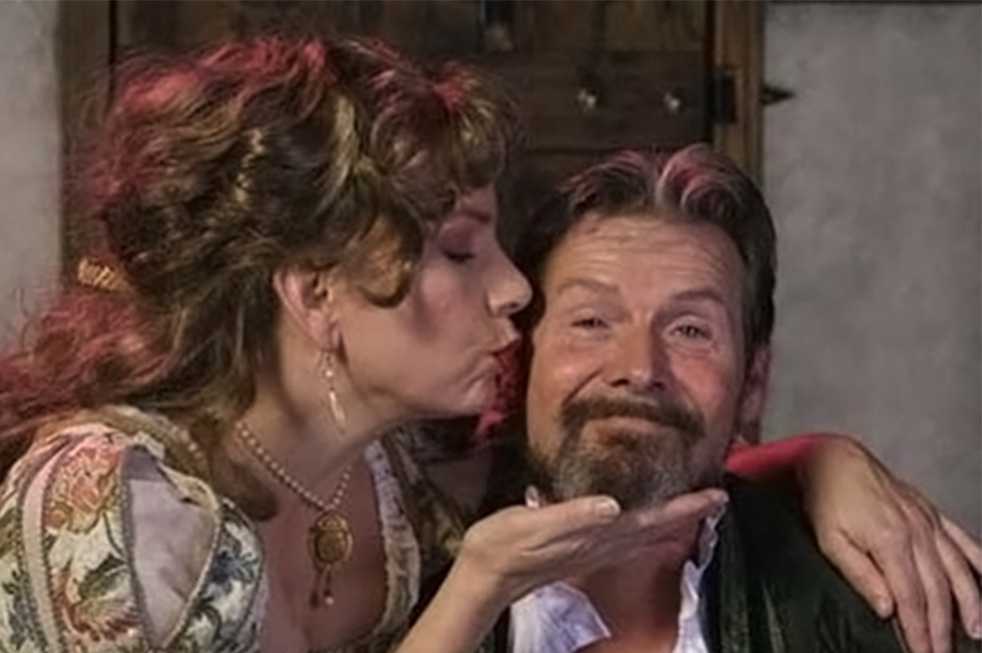The New American Shakespeare Tavern has been performing Shakespeare’s plays for more than twenty years. The simple fact that they have kept their doors open for so long while showing Shakespeare, a classic art form that some might call obsolete in this age of movie special effects and explosions, is a testament to their grand performance ability.
Their success, in part, can be attributed to their dedication to original practice. In Shakespeare’s time, the actors could not ignore the audience like modern movies that play regardless of the viewer’s reactions.
If a play was bad, the audience had no qualms about letting the actors know. The actors, in turn, would react to the audience, making the play more entertaining or simply by incorporating something a viewer did into the play. With original practice, the fourth wall is ignored, and there are no real distractions from the play being performed, for anything that might interrupt the play will be incorporated into it.
This January, Shakespeare’s Tavern is performing The Taming of the Shrew, one of Shakespeare’s comedies. It is set in Padua, Italy some time during the Italian Renaissance, though the timeframe does not have much bearing on the play so long as the audience realizes that it is slightly before Shakespeare’s time.
The actors show the audience that the setting is trivial because the actual plot points could be relevant to most societies that believed a wife should be subservient to her husband.
The Taming of the Shrew focuses on two sisters and how they come to be married. Katherina and Bianca are polar opposites of each other. Bianca, the younger of the two, is said to be quiet, beautiful, obedient and teachable. Katherina, on the other hand, has no problem speaking her mind and is generally thought to be an ill-tempered creature unworthy of marriage. Their father, Baptista, has decreed that Bianca shall not be married before her older sister has a husband, which is a setback to all three of Bianca’s suitors.
All of this is made apparent in the first few lines of the play. The Taming of the Shrew is then free to spend the rest of its time showing how the hopeless suitors go about finding Katherina a husband and how the two newlyweds come to terms with each other.
Laura Cole and Maurice Ralston, who play Katherina and her husband Petruchio, bring this play to life in a way that many English classes fail to do. Reading Shakespeare out of a book may be the worst way to see these plays.
To truly understand the Bard’s works, one must at least hear it read with the correct inflection. Having the visual of people acting out what is going on makes for an even more captivating experience.
Cole and Ralston do an excellent job of this; throughout the play, the two are seen arguing and generally getting on each other’s nerves, all in the name of love. The actors do a superb job of portraying their characters’ emotions, which are sorely missed when reading the play on one’s own.
The Taming of the Shrew will be performed in repertory with Timon of Athens for the rest of the month, but if one is unable to see this masterful rendition of Shakespeare, February is dedicated to three of Shakespeare’s romances, including Romeo and Juliet (which will, of course, be played on Valentine’s Day). If past performances are anything to judge by, next month’s plays shall be worth watching.
